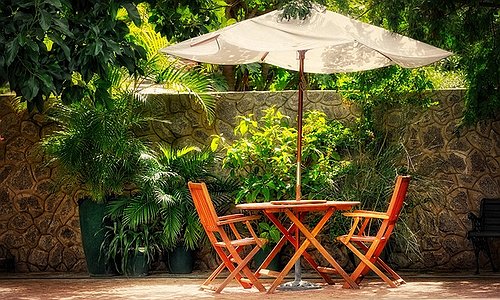The forgotten Karretjiemense preserving a nomadic way of life

Along the dusty gravel tracks that crisscross the Great Karoo between Colesberg, Noupoort, and Phillipstown, you may still glimpse the slow, rhythmic clip-clop of donkey hooves pulling a wooden cart. On that cart, beneath a tarpaulin stretched against the sun, travels one of South Africa’s most overlooked and vulnerable communities: the Karretjiemense, or “cart people”.
For generations, the Karretjiemense have lived a nomadic lifestyle that few in the country even know still exists. Descended largely from the Khoesan labourers and later dispossessed coloured communities of the interior, the Karretjiemense roamed the arid expanses of the Karoo in search of seasonal work.
Their skill as sheep shearers made them a valuable, if informal, part of the rural economy. In return, they received payments, food, or short-term accommodation on farms.
But in the dry heartland of the Northern Cape, times have changed. Changing labour patterns have slowly edged them out. Their presence has become increasingly invisible, their way of life increasingly precarious.
A culture overlooked
For anthropologists and local historians, the Karretjiemense of the Karoo represent a living cultural heritage on the brink of disappearance. They have their own oral traditions, ways of constructing and repairing carts, and knowledge of routes, forage, and weather patterns that have been passed down without formal documentation.
A small number of non-profit groups have attempted to document and support the Karretjiemense. The PACT project (Preserving and Conserving Traditions), active in the region between Colesberg and Philipstown, has worked to record their stories and raise awareness. However, resources are thin, and most interventions have focused on basic needs rather than the preservation of the lifestyle itself.
Preservation or transition?
The challenge lies in defining what “protection” means for a community that is defined by movement. Preservation efforts often favour fixed heritage: buildings, villages, declared cultural sites.
Nomadic life, which resists permanence, does not easily fit into those frameworks. Some within the community want out. For them, the harshness of itinerant life, exposure to the elements, lack of access to healthcare or education, feels like a trap rather than a tradition.
Yet there are still those who prefer the donkey cart to a concrete township flat. Their freedom, however, is increasingly curtailed by modern infrastructure. Paved roads have made donkey carts more dangerous to operate. Law enforcement sometimes impounds animals. And the value of their traditional skills is fast disappearing in the face of large-scale agriculture.
A quiet vanishing: In the end, what remains may not be a preserved culture, but the memory of one. Without urgent and community-led action, the Karretjiemense risk becoming yet another footnote in the long history of the Karoo.




